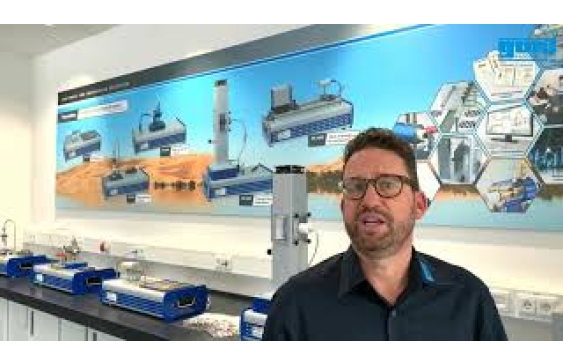Heat conduction is one of the three basic forms of heat transfer. According to the second law of thermodynamics, heat is always transferred from the higher energy level to the low energy level.
WL 422 offers basic experiments for targeted teaching on the topic of heat conduction in fluids. Such teaching should discuss the fundamental differences between gases and liquids.
Two cylinders form the main component of the experimental unit: an electrically heated inner cylinder situated in a water-cooled outer cylinder. There is a concentric annular gap between the two cylinders. This annular gap is filled with the fluid being studied. The heat conduction occurs from the inner cylinder, through the fluid to the outer cylinder. The narrow annular gap prevents the formation of a convective heat flux and allows a relatively large pass-through area while at the same time providing a homogeneous temperature distribution.
The experimental unit is equipped with temperature sensors inside and outside of the annular gap. Thermal conductivities for different fluids, e.g. water, oil, air or carbon dioxide can be determined in experiments.
The microprocessor-based instrumentation is well protected in the housing. The GUNT software consists of a software for system operation and for data acquisition and an educational software. With explanatory texts and illustrations the educational software significantly aids the understanding of the theoretical principles.
The operation and control of the experimental unit is carried out via a PC (not included in the scope of delivery) connected via a USB interface. Any number of workstations with the GUNT software can be used for observation and evaluation of the experiments via LAN/WLAN connection using only one licence.























